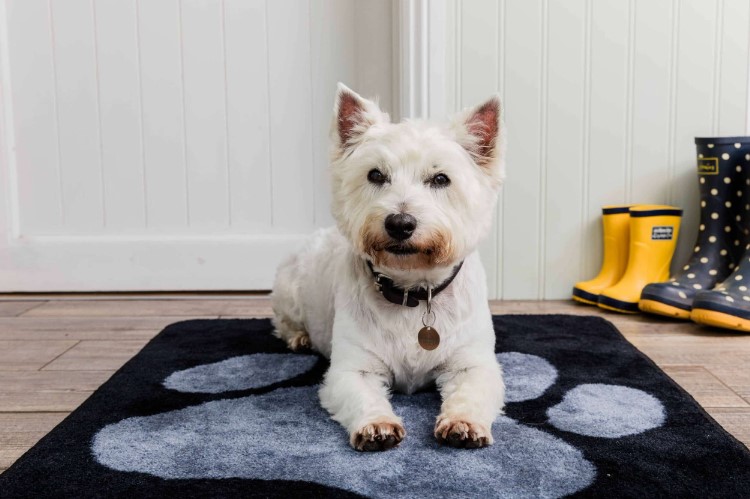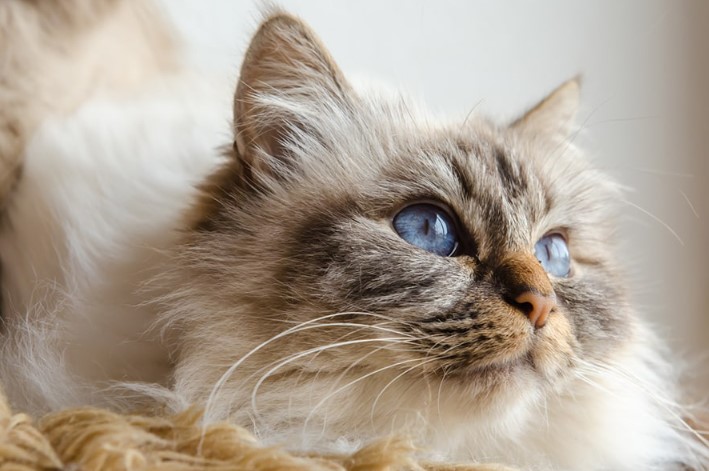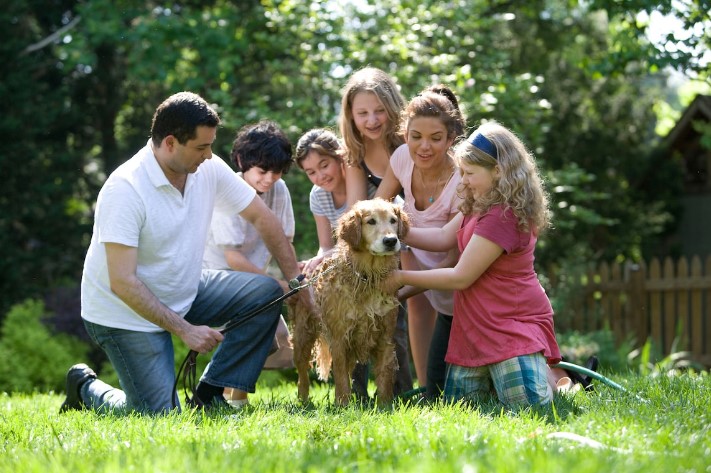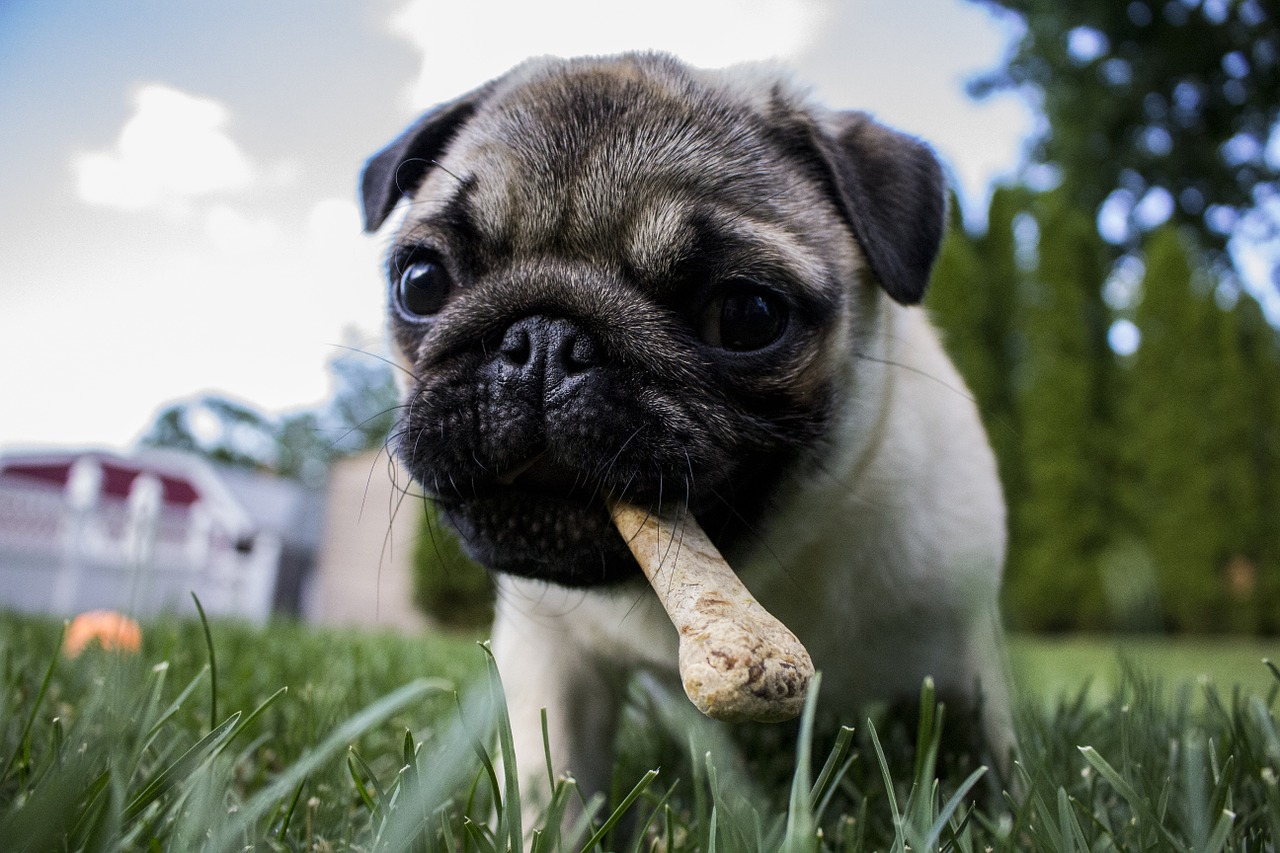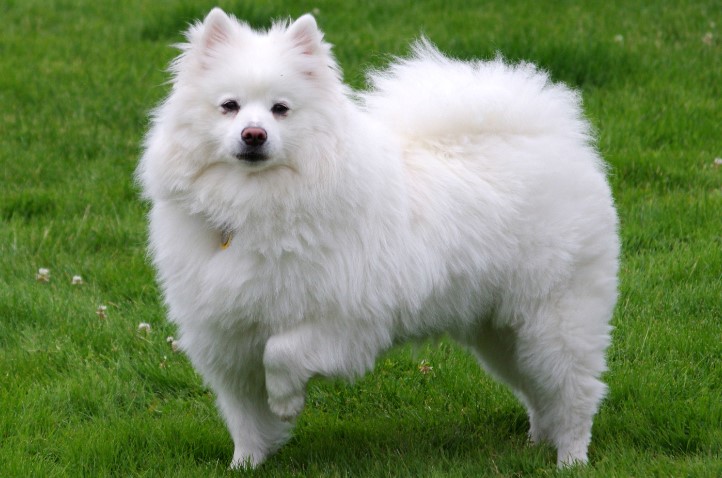
American Eskimo Dog: The Fluffy White Companion
Introduction to the American Eskimo Dog
The American Eskimo Dog, often lovingly referred to as the “Eskie,” is a beautiful and intelligent breed known for its fluffy white coat and friendly disposition. Despite its name, this breed has no direct ties to the Eskimo culture; instead, it has a fascinating history of its own.
History and Origins
Origins of the Breed
The origins of the American Eskimo Dog can be traced back to several European breeds, including the German Spitz, which immigrants brought to the United States in the early 20th century. These dogs were prized for their versatility and were often used as circus performers, showcasing their intelligence and agility.
Development in America
In America, the breed flourished and gradually evolved into what we know today as the American Eskimo Dog. They became popular as companion animals and were valued for their loyalty, trainability, and striking appearance.
Physical Characteristics
Size and Weight
American Eskimo Dogs come in three size variations: toy, miniature, and standard. Toy Eskies stand between 9 to 12 inches tall, miniature Eskies range from 12 to 15 inches, and standard Eskies measure between 15 to 19 inches at the shoulder. Despite their size differences, all Eskies share similar proportions and distinctive features.
Coat and Color Variations
One of the breed’s most striking features is its luxurious double coat, which consists of a dense undercoat and a longer, straight outer coat. While the classic color is white, some Eskies may have biscuit cream or even silver markings on their coats.
Temperament and Behavior
Intelligent and Alert Nature
American Eskimo Dogs are highly intelligent and quick learners. They thrive on mental stimulation and enjoy participating in activities that challenge their problem-solving abilities.
Affectionate Demeanor
Known for their affectionate nature, Eskies form strong bonds with their families and are often described as “velcro dogs” because they love to be close to their owners at all times.
Playfulness and Energy Levels
Despite their small size, American Eskimo Dogs are energetic and playful companions. They enjoy engaging in various activities, including games of fetch, agility training, and long walks.
Training and Exercise Needs
Importance of Early Socialization
Early socialization is crucial for American Eskimo Dogs to develop into well-adjusted adults. Exposing them to different people, animals, and environments helps prevent behavioral issues later in life.
Training Methods for Obedience and Agility
Eskies respond well to positive reinforcement training methods, such as praise, treats, and play. They excel in obedience and agility competitions, thanks to their intelligence and eagerness to please.
Exercise Requirements for Mental and Physical Stimulation
Regular exercise is essential for keeping American Eskimo Dogs mentally and physically stimulated. Daily walks, play sessions, and interactive toys help prevent boredom and promote overall well-being.
Grooming Requirements
Coat Maintenance Tips
To keep their coats looking pristine, American Eskimo Dogs require regular brushing to prevent matting and tangling. Using a slicker brush or comb, gently remove loose hair and debris, paying special attention to areas prone to matting, such as behind the ears and around the tail.
Bathing Frequency
Eskies are relatively clean dogs and only require occasional baths as needed. Use a mild dog shampoo and lukewarm water to avoid stripping their coat of its natural oils.
Dental Care and Grooming Tools
Maintaining good dental hygiene is crucial for American Eskimo Dogs to prevent dental issues later in life. Brush their teeth regularly with a dog-friendly toothpaste and provide dental chews or toys to help reduce plaque and tartar buildup. Additionally, trim their nails monthly and clean their ears weekly to prevent infections.
Health Considerations
Common Health Issues
Like all breeds, American Eskimo Dogs are prone to certain health conditions, including hip dysplasia, progressive retinal atrophy, and patellar luxation. Regular veterinary check-ups and proactive healthcare are essential for detecting and managing any potential issues early on.
Regular Veterinary Check-ups
Scheduling regular veterinary check-ups ensures that any health concerns are addressed promptly and that Eskies receive necessary vaccinations and preventative care, such as heartworm and flea/tick prevention.
Tips for Maintaining Good Health
Providing a balanced diet, regular exercise, and mental stimulation are key components of maintaining an American Eskimo Dog’s overall health and well-being. Additionally, keeping up with grooming and dental care helps prevent common health issues and promotes a happy, healthy life.
Feeding Guidelines
Nutritional Requirements
American Eskimo Dogs thrive on a high-quality diet that is rich in protein and balanced with essential nutrients. Choose a premium dog food formulated for their size, age, and activity level to support their overall health and vitality.
Recommended Feeding Schedule
Divide your Eskie’s daily food intake into two or three meals to prevent overeating and aid digestion. Monitor their weight and adjust portion sizes accordingly to maintain a healthy body condition.
Suitable Treats and Snacks
Offering occasional treats and snacks is a great way to reward good behavior and strengthen the bond between you and your American Eskimo Dog. Opt for healthy, low-calorie options, such as small pieces of fresh fruit, vegetables, or commercial dog treats made with wholesome ingredients.
Living Arrangements
Ideal Home Environment
American Eskimo Dogs thrive in homes where they receive plenty of attention, exercise, and mental stimulation. They do well in both apartments and houses, as long as their needs for companionship and activity are met.
Indoor vs. Outdoor Living
While Eskies enjoy spending time outdoors, they are primarily indoor dogs who prefer to be close to their families. Provide them with a comfortable indoor space, complete with cozy bedding and interactive toys, to keep them happy and content.
Space Requirements and Fencing Needs
Due to their energetic nature, American Eskimo Dogs benefit from having access to a securely fenced yard where they can run and play safely. Ensure that the fencing is tall enough to prevent them from escaping and that the yard is free from potential hazards.
Interaction with Other Pets
Compatibility with Other Dogs
American Eskimo Dogs are generally friendly and sociable with other dogs, especially if they are properly socialized from a young age. Supervise their interactions with unfamiliar dogs and intervene if any signs of aggression or discomfort arise.
Introduction to Cats and Small Animals
With proper introductions and supervision, American Eskimo Dogs can coexist peacefully with cats and small animals. However, their high prey drive may make them inclined to chase smaller pets, so caution and gradual introductions are advised.
Famous American Eskimo Dogs
Notable Individuals in History
Throughout history, American Eskimo Dogs have captured the hearts of many, including famous individuals such as President Calvin Coolidge, who owned an Eskie named Rob Roy.
Social Media Influencers and Celebrity Pets
In the age of social media, American Eskimo Dogs continue to captivate audiences around the world with their adorable antics and charming personalities. From Instagram stars to YouTube sensations, these fluffy white companions have become internet celebrities in their own right.
Adoption vs. Buying
Benefits of Adoption from Shelters
Adopting an American Eskimo Dog from a shelter not only provides a loving home for a deserving dog but also helps reduce pet overpopulation and support rescue organizations. Many Eskies in shelters are already house-trained and well-socialized, making them excellent companions for individuals and families alike.
Responsible Breeding Practices
If you decide to purchase an American Eskimo Dog from a breeder, it’s essential to choose a reputable breeder who follows responsible breeding practices. Ensure that the breeder prioritizes the health and well-being of their dogs and provides proper socialization and veterinary care.
FAQs about American Eskimo Dogs
- Are American Eskimo Dogs hypoallergenic?
- While no dog is completely hypoallergenic, American Eskimo Dogs are considered a hypoallergenic breed due to their minimal shedding and low dander production.
- Do American Eskimo Dogs require a lot of exercise?
- Yes, American Eskimo Dogs are active and energetic dogs that require regular exercise to stay healthy and happy. Daily walks, play sessions, and interactive games are recommended to meet their exercise needs.
- Are American Eskimo Dogs good with children?
- Yes, American Eskimo Dogs are generally good with children, especially if they are raised together from a young age. However, supervision is always recommended to ensure safe interactions.
- Do American Eskimo Dogs bark a lot?
- American Eskimo Dogs are known for their alert nature and tendency to bark to alert their owners of potential threats or strangers. Proper training and socialization can help manage excessive barking behavior.
- How long do American Eskimo Dogs live?
- On average, American Eskimo Dogs live between 12 to 15 years, although some may live longer with proper care and attention to their health needs.
Conclusion
American Eskimo Dogs are charming and affectionate companions known for their striking appearance and playful personalities. Whether as a devoted family pet, a loyal working dog, or an internet sensation, Eskies continue to captivate people around the world with their endearing qualities and unwavering loyalty.
